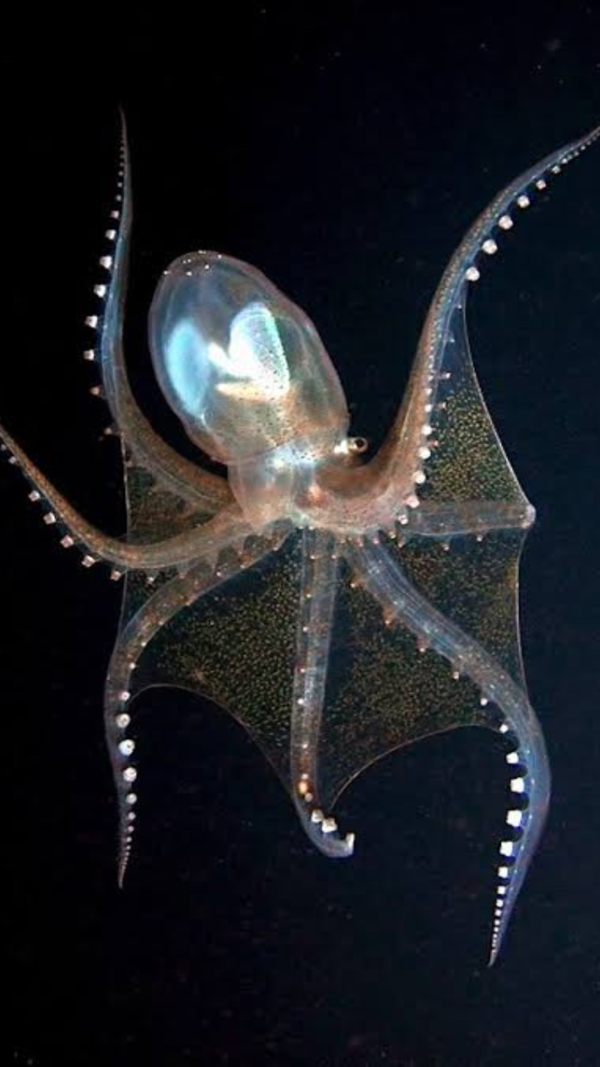- News
- City News
- Ahmedabad News
- ahmedabad News
- Ancient meditating mystic, 1,000-year- old, to rest in Gujarat's Vadnagar museum
Trending
Ancient meditating mystic, 1,000-year- old, to rest in Gujarat's Vadnagar museum
A millennia-old skeleton of an ascetic, discovered in Vadnagar in a meditative pose dating back to the 10th century, has been moved to the Vadnagar Archaeological Experiential Museum. The transfer followed a debate between the ASI, Gujarat government, and local residents.
AHMEDABAD: An extraordinary archaeological discovery that has captivated scientists and locals alike — millennia-old skeletal remains of an ascetic, found in a meditative posture — has finally found a home at the Vadnagar Archaeological Experiential Museum after intense debate over their fate.The remains, excavated in 2019 and believed to date back to the 10th century, represent one of only four known examples in India of ancient burials depicting the Dhyan Mudra meditation pose. According to the ASI website, three such examples were reported earlier from Balathal in Rajasthan, Tripuri in Madhya Pradesh, and Adam in Maharashtra.The skeleton, discovered in a seated cross-legged position with the right hand placed on the lap and the left hand raised to chest level, sparked both scientific interest and local reverence.After over five months of persistent campaigning by Vadnagar residents and a tug-of-war between the Archaeological Survey of India (ASI) and the Gujarat govt's Directorate of Archaeology and Museums, the remains were finally transferred to the museum on Thursday.Dr Y S Rawat, director general of ASI, confirmed to TOI that the skeletal remains reached the museum safely after consultation with local authorities. Pankaj Sharma, Director of the Archaeology and Museums of the state govt, did not respond to multiple calls and messages to get perspective.
End of Article
Follow Us On Social Media











